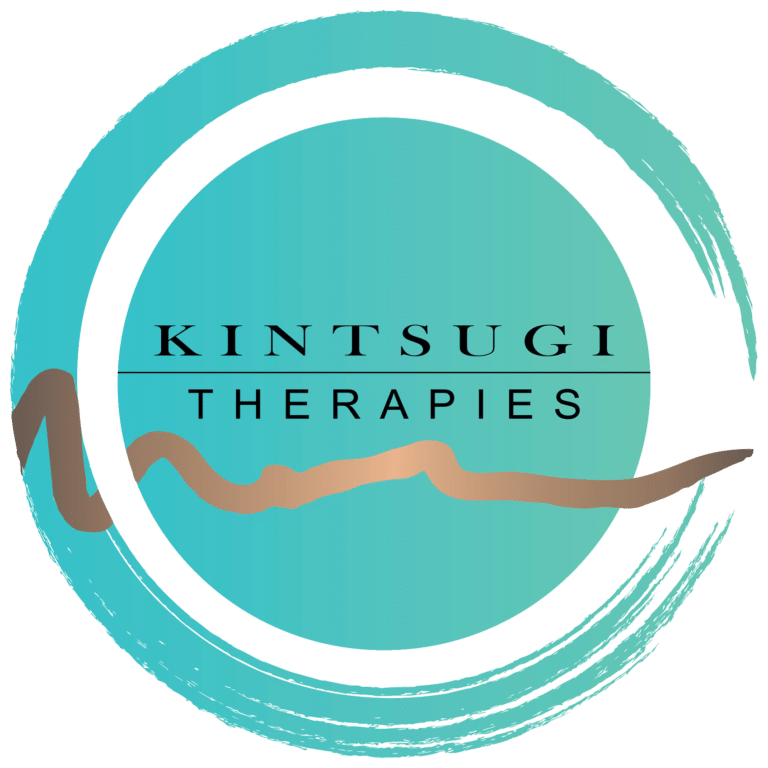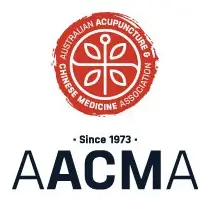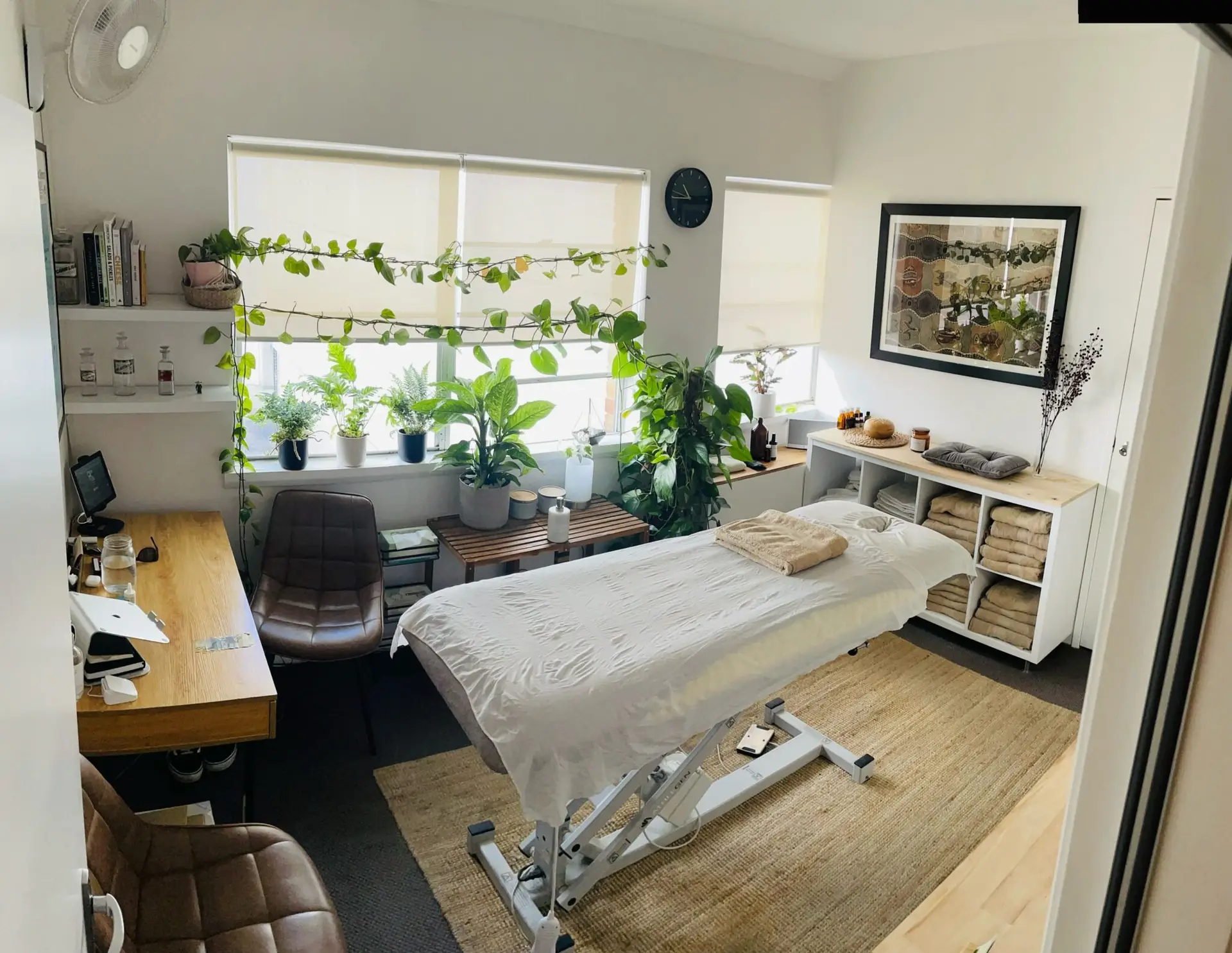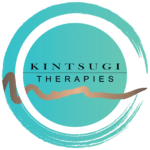REMEDIAL MASSAGE QUESTIONS
I mainly offer Remedial/Sports & Deep tissue massage
I also have training in Tui Na (pronounced Twee-nah) massage which is Chinese medicine based and uses a combination of massage, acupressure and other forms of body manipulation.
I generally combine these styles when treating for musculoskeletal issues. I also find that most people benefit from elements of relaxation massage interspersed throughout a session but I can tailor more or less remedial depending on your needs.
Remedial massage is rehabilitative and restorative, and thus appropriate for when you have aches, chronic pains, knots or just about any discomfort emanating from your muscles or soft tissues. Unlike sports massage, this massaging technique utilizes deep tissue techniques to target problem areas caused by any activity.
Used for both preventative and restorative purposes, sports massage utilises free-flowing movements to help circulate blood flow, flush the muscles and loosen tight or injured areas. It’s the ideal massage-type for anybody involved in any sport, not just professionals, and is just as vital ahead of a game as it is afterwards. Sports massage is divided into pre and post sports activity.
A pre-sports massage will focus on ‘flushing’ the muscles, which means warming up the tissue to ensure good blood supply, injury prevention and optimal performance. Usually techniques used are lighter, faster and used to warm and key the muscles ready for activity.
A post sports massage is used after the sporting event but aims to flush out the toxins accumulated during exertion, such as lactic and uric acid and encouraging blood flow to damaged areas in need of remedying. The aim is to assist in muscle recovery.
I understand, I’ve been there too!
From the light as a feather touch to pounding away on a person like a piece of meat, massage experiences can be fraught. Ultimately either of these extremes comes down to one thing, a lack of communication both verbally and bodily by the therapist.
I tell people that we’re aiming for the ‘Goldilocks’ place in massage i.e just the right amount of pressure in the right locations. Other clients have called it ‘the good pain’, your body is being challenged but it’s therapeutic and you know it’s doing you good.
I treat and communicate with all clients throughout massage to understand their needs. I’m also listening carefully with my hands to subtle body feedback from you. Both these aspects guide my massage practice and make for a professional and satisfying massage for you.
Regardless of your reason for coming, you can expect to be listened to. Depending on your issue we’ll have a discussion, establish your primary concern or reason for massage. Following some questions we may do a some simple movement tests. Once we establish the goals for the treatment we can begin.
Following treatment we can have a brief chat about any outcomes or feedback and/or I can give you an estimate on potential follow ups needed. Or, if you just needed a one off as a re-set, no problem, you’re good to go.
Generally, some clothing will need to be removed to access body areas for massage. Appropriate draping will always be used.
If for any reason you are not comfortable to remove any clothing items you can let me know and we can work around it.
Many private health funds offer rebates to their clients for remedial massage treatments.
Please check with your individual provider if you are in any doubt.
I can provide you with an invoice with which you can claim.














